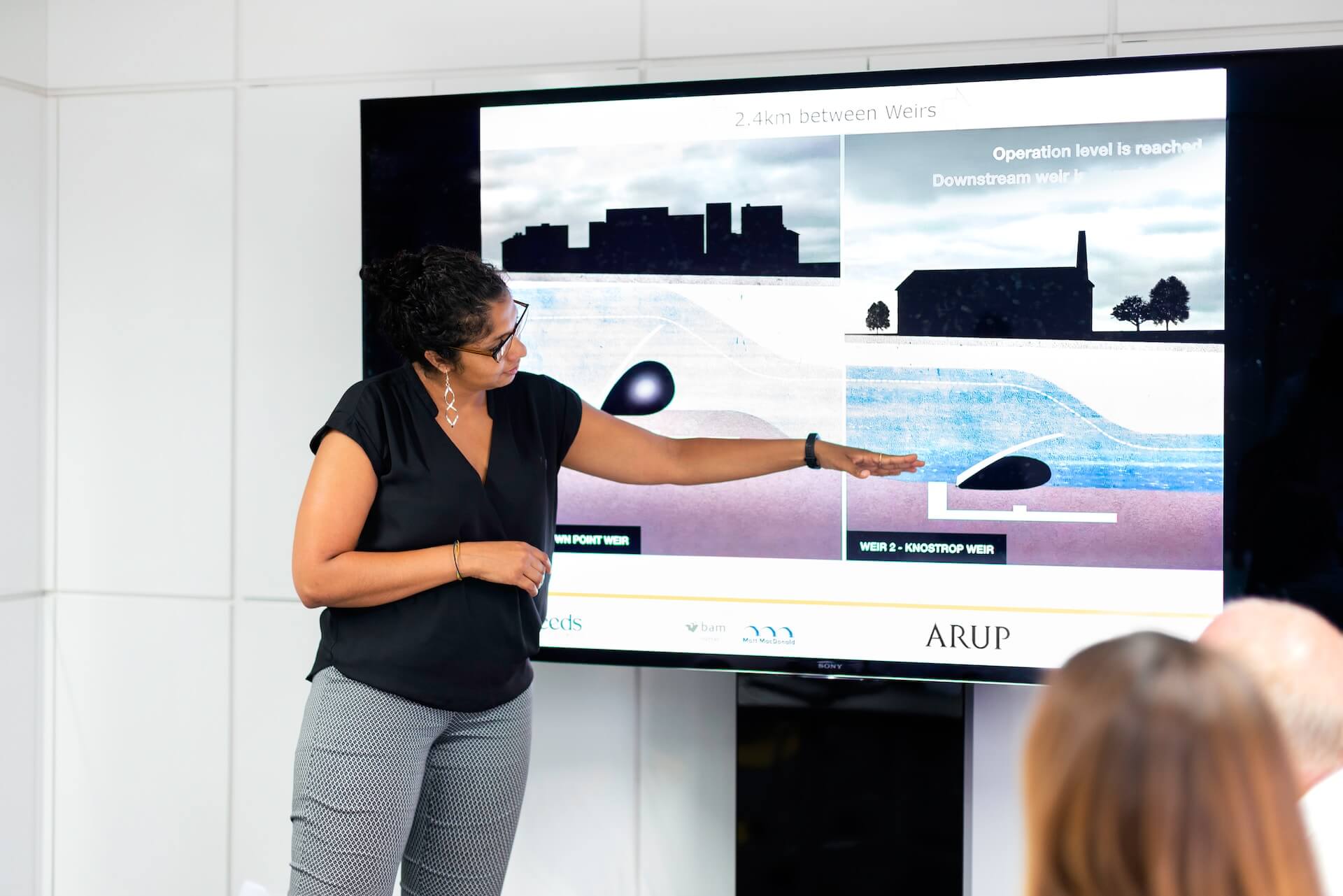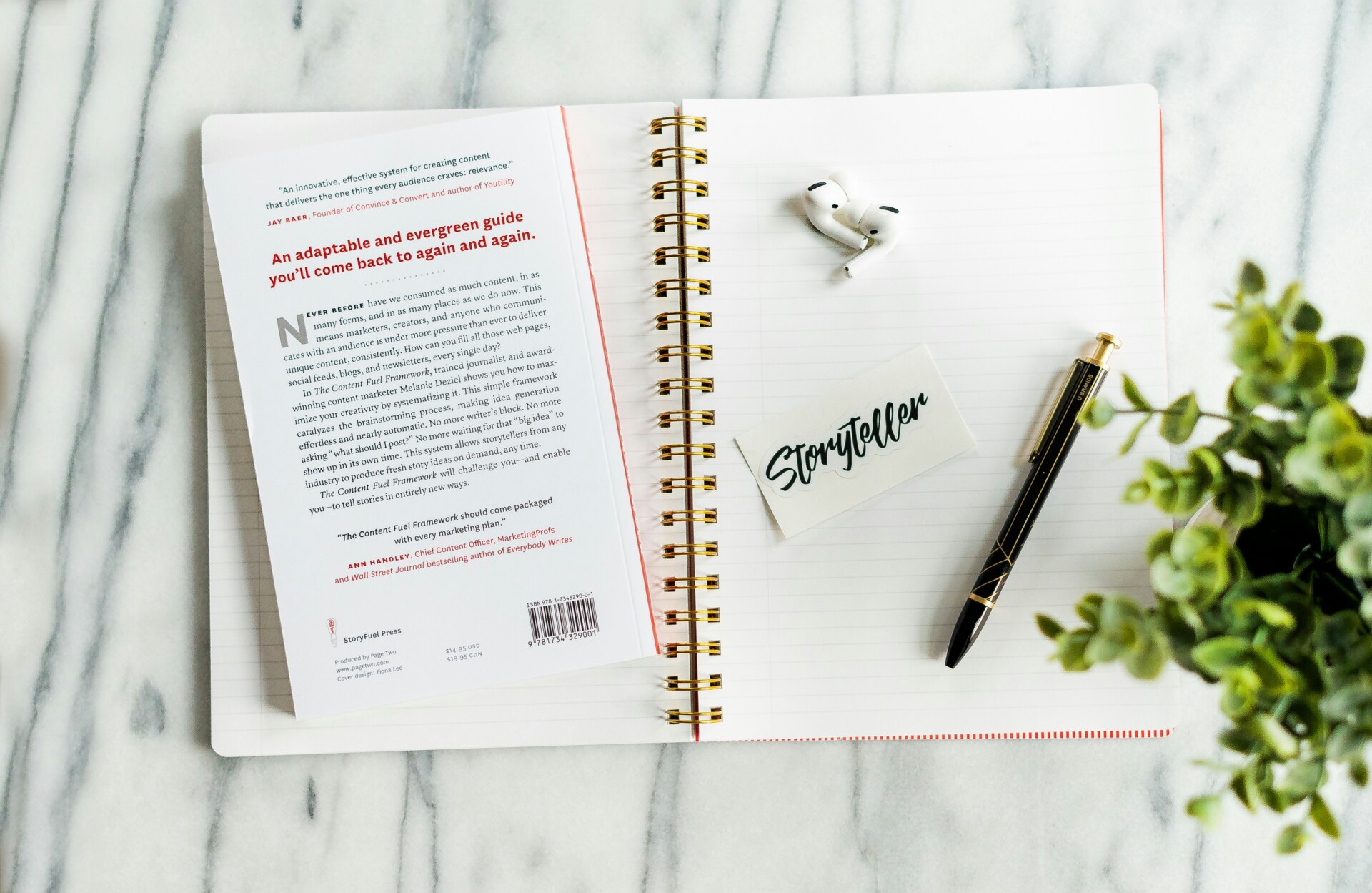The Power of Visual Storytelling in Marketing
October 23, 2024 . 3 min read . Author: Michael Milner

Marketers, bloggers, and influencers often tell stories – it is the best way to engage their audience and evoke genuine emotions. Using images, videos, or maps can further enhance this strategy; thus, we decided to discuss it in more detail. What is visual storytelling, what are its examples, and how to do it? Find out below!
What Is Visual Storytelling?
We will begin by defining what visual storytelling is. This is a technique of telling stories with maps, images, videos, infographics, and animations. An example could be a timeline of historical events with photos attached to every one of them or an animation used to describe a mathematical problem (for instance, the wizard duel riddle on TED).
Why is visual storytelling important? Because it is better at capturing the attention of your audience. The human brain processes images much faster than texts and remembers more from them, so representing your concepts or stories visually means that they will be forged into your audience’s memory more effectively.
What Forms Can Visual Storytelling Take? Examples
Visual storytelling involves different visual elements and aids, and the only limit is your creativity. Let’s look at some examples.
Photos
Photos are an example of the most commonly used visual storytelling elements in marketing. You will find them everywhere, from advertisements to social media. However, there is a reason for that: adding visual elements increases your brain’s information retention by 5-6 times.
This means that adding just a simple photo to your social media posts might let you strengthen your brand awareness much more effectively than even the most clever text.
Several other visual storytelling forms could be traced back to photos, namely:
- Memes—These are especially effective as a part of your community engagement strategy if your target audience is from the younger generations. At the same time, you need to be careful—if you don’t understand the memes, you can easily end up cringing your audience and achieving a reverse effect.
- Infographics—This type of visual aid is perfect for communicating stats and visualizing data. What’s more, it’s a highly-shareable digital asset—posting infographics on your website might generate natural backlinks, boosting your site’s SEO.
Videos
The second popular form of visual storytelling involves using videos. These can be anything from long YouTube content to short TikToks. Since you can experiment with animations and live-action content, videos give you many possibilities to pack up your content and create something memorable, whether to promote a particular product or strengthen your brand awareness.
Additionally, clever videos may become viral, increasing your reach significantly. Therefore, you should incorporate them into your social media and advertising campaigns, even if recording videos might seem time-consuming.
More Advanced Visual Storytelling
You might also use more advanced resources and incorporate multiple forms of visual storytelling. Customized maps are an excellent example of this.
Such maps are visual themselves. However, you can include photos and videos into them, adding extra layers. This might be slightly more tricky (you don’t want to overdo this), but if you create a good, highly visual map, you will likely have much better results than just photos or videos.
How to Be a Great Visual Storyteller? Our 5 Tips
So, if you wish to become a visual storyteller and create truly gripping content, you need to know what to focus on. But don’t worry – we have a few tips to help you do it effectively, thus letting you strengthen your personal branding, attract more traffic to your blog or business, and promote your products.
- Create a strategy – Firstly, you need to consider what your story is all about. It’s easy to get lost in the process and thus change your initial message. Therefore, you need to create a plan to get started with your visual storytelling. Consider the most critical aspects of your story: its objective, target audience, and elements you want to represent visually. Write them down and refer to them while building the story.
- Show, don’t tell – In visual storytelling, imagery isn’t added purely for aesthetics but rather to enrich the story and convey a message on its own. Thus, do not use videos or images that repeat what you have already written; let them be an addition, a part that makes your story a whole.
- Make it real – The best visual storytelling is relatable. It incorporates real people and problems that your audience faces. If you don’t add this aspect, your story will seem artificial, irrelevant, and meaningless.
- Make it dynamic – Imagine a TV series with terrible pacing – you’d get discouraged before getting to the moment when the action becomes engrossing. The same is true for your stories. They need to be dynamic but easy to follow to keep your audience highly engaged and to avoid them being lost in over-complicated scenarios.
- Use the available tools – In the era of the internet, you have a lot of programs, apps, and systems that you can use to your advantage, and you should do that. For example, you can utilize YouMap, our social mapping app, in your visual storytelling to combine images, videos, and text with maps – place your stories in real space, making them much more believable and increasing their relevance to the target audience.
Visual Storytelling with Maps
Telling stories with maps is a fine way to boost your marketing and strengthen your brand. All you need to have is a good platform, like YouMap, and you can start creating your marketing materials.
For instance, suppose you organize an event that you want to promote in the local community. Leaflets or ads might work, but you’ll be just an event—your audience won’t have strong images in mind when thinking about it. But what if you use maps?
In this case, you can create a detailed map of the venue. Then add photos to it—mouthwatering cocktail pictures to the gastro zone, videos from previous concerts to your stage, and so on and so forth. This will create a much stronger image of your event in your potential client’s heads and will link it with their emotions. This way, you will attract many more participants.
This is why we strongly recommend trying out YouMap for your marketing strategy. It’s free, so you don’t take any risks, and the potential gains are substantial.
🗺️Download YouMap🗺️
The Takeaway
You now know what visual storytelling is, what forms it can take, how to carry it out, and how to use maps to your advantage. Remember, this marketing strategy is much more effective than using just text or sound, so you should not disregard it as a part of your efforts. Instead, embrace it and get ready to see the profits.
Did you like this article? You can also read: 4 Ways How to Use AI in Marketing

